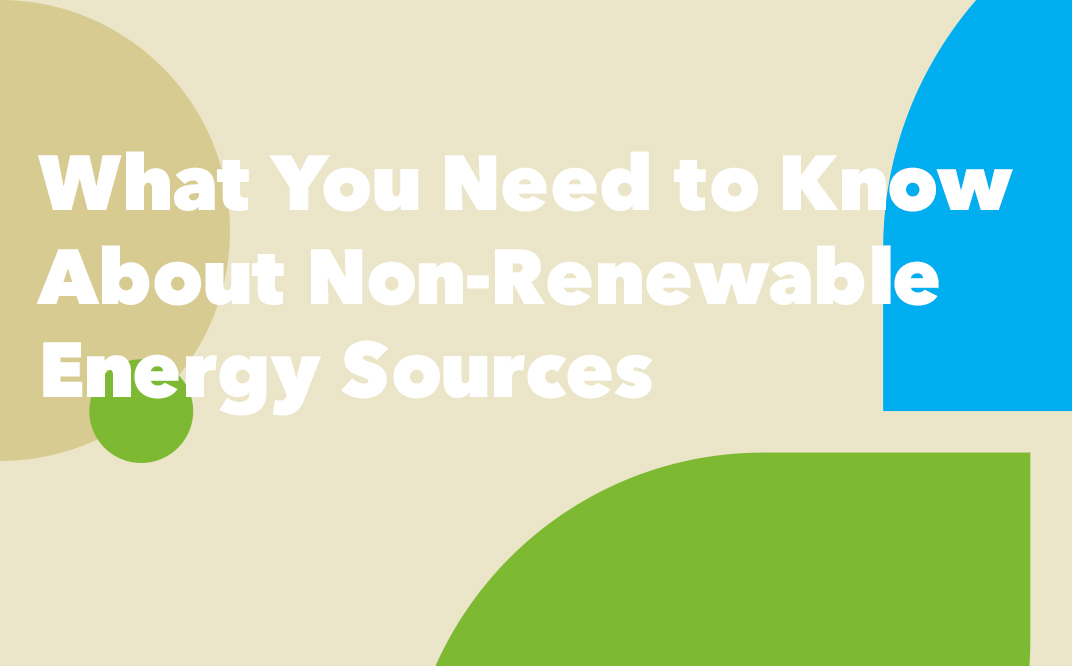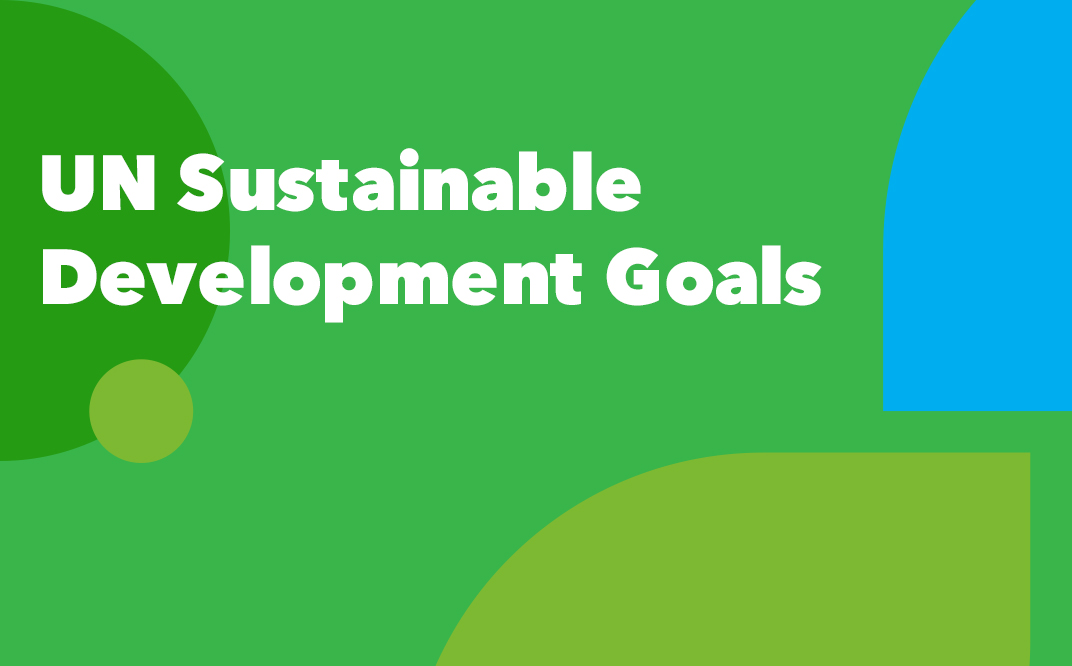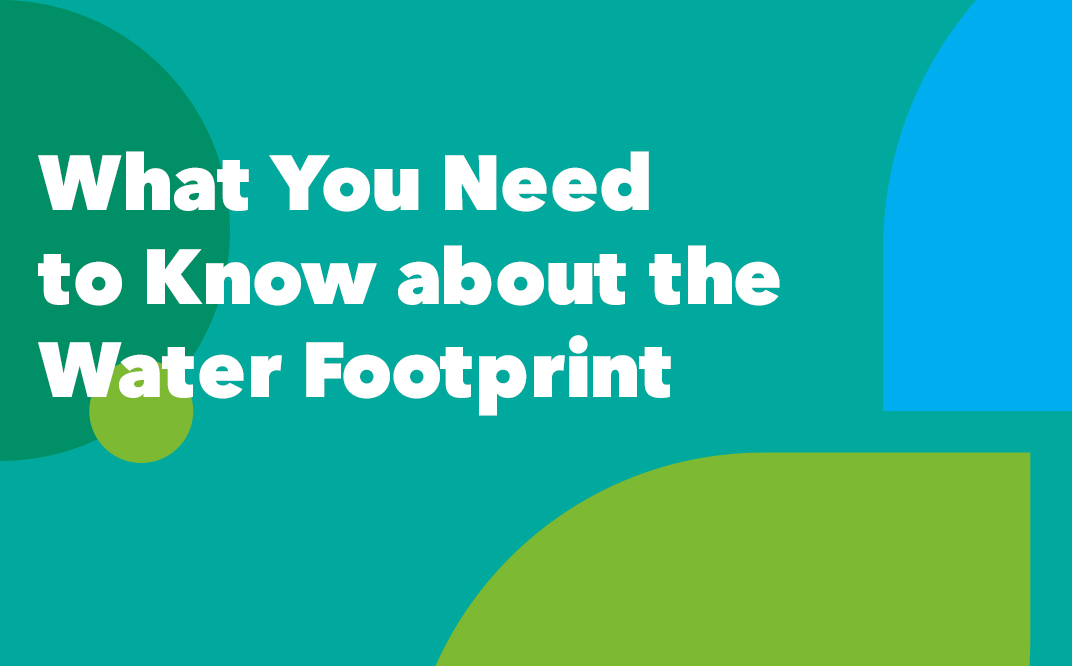Check out
QuickCarbon Blog.
QuickCarbon Blog is an information source that aims to explain frequently asked questions on topics such as greenhouse gas emissions, carbon footprint, and the steps taken in Turkey and around the world in a basic and understandable way.
What are Inexhaustible Energy Sources?
With the increase in industrial activities, the need for energy has also increased. Due to the energy obtained from the use of fossil fuels, an average of 20 billion tons of carbon dioxide, 100 million tons of sulfur compounds, 2 million tons of lead and many other toxic chemicals are released into the earth’s atmosphere every year. Of course, over time, it was realized that the energy obtained from fossil fuels has negative effects on the environment, climate, nature, and people. Thus, sustainable, and environmentally friendly energy sources started to gain immense importance.
Green Building Rating System: Leed Certificate
Green buildings are also vital for the future of our planet as they are constructed with the goals of protecting natural resources, ensuring energy efficiency, and minimizing environmental impacts. Today, rating systems are developed to evaluate and certify the sustainability of buildings. One of them, the Leed Certificate, which is accepted worldwide, is the most widely used rating system in Turkey. So, what is a Leed Certificate and how do you get one?
What You Need to Know About Non-Renewable Energy Sources
Non-renewable energy resources, also known as fossil fuels, are the result of several processes over many years and are finite. These resources, which support human life and industrial development, also create serious environmental and economic consequences. It is necessary to consider in detail what these resources are, their short and long-term impacts, the future of non-renewable energy, and whether a transition to sustainable energy policies is possible.
What are Carbon Emissions?
Carbon emissions are at the center of many environmental problems such as climate change and global warming. Increasing carbon dioxide in the atmosphere because of human activities causes the balance in nature to deteriorate. This situation brings serious ecological problems. Let us examine in detail what you need to know about carbon emissions, one of the most important environmental issues for several decades.
Circular Economy
Imagine a world where waste becomes a resource, products are designed to last, and the economic system reflects the cycles of nature. The circular economy concept aims to make such sustainability possible. To best understand the concept, it is necessary to consider in detail how it works, its benefits, its core principles and how businesses can adopt this transformative model.
UN Sustainable Development Goals
Developed from a holistic perspective and prepared as a global call to action, the UN (United Nations) Sustainable Development Goals consist of seventeen interrelated goals. These goals, which focus on international problems, include social, environmental, economic, and social dimensions, and complement each other.
What is the Water Cycle?
The water cycle, one of the most fundamental and vital processes on Earth, is critical for the continuity of life on the planet. This cycle is closely related to processes such as the regulation of climates and the renewal of natural resources. The water cycle is as regular as it is complex. Let us take a closer look at the stages of the water cycle, its importance on Earth and the effects of human interventions on this cycle.
What You Need to Know about the Water Footprint
The increasing population and expanding industrial activities have led to the excessive use of water resources without considering the future. However, the impact of water use in daily life and industrial activities on the planet must not be overlooked. Therefore, individuals and companies need to understand the concept of “water footprint,” which indicates the amount of water consumed and the group responsible for it.
What are Clean Energy Resources?
According to UNDP reports, energy production is one of the main drivers of climate change. Energy production accounts for 60% of greenhouse gases. This is because fossil fuels have been used for decades in homes, workplaces, public spaces, and many other places. Clean energy sources aim to protect the planet today and tomorrow by reducing carbon emissions. So, what are clean energy sources and where are they used?
What is the Greenhouse Effect and How to Reduce it?
Natural processes that have been in balance for thousands of years are being destroyed by various external factors. As a result of this destruction, the frequency of unexpected natural events is increasing. The formation of the greenhouse effect is also a result of direct or indirect damage to nature. Although its current damages are unknown, the greenhouse effect threatens living things in the long term. So, what is the greenhouse effect? Let us examine in detail the causes, consequences and how to reduce the greenhouse effect.
What is Ecological Footprint
To understand the effects of consumption habits and to ensure sustainability, it is important to know the amount of natural space owned. Because overuse of limited resources can lead to irreversible environmental problems. At this point, the concept of ecological footprint comes into play to understand inequalities in resource consumption and to measure human-induced environmental damage. Let us examine all the details about the ecological footprint together.
Environmental Sustainability
Is it possible to live in a world with prosperity where climate change is significantly increasing, water and air are getting polluted, and forests are being torn down? Of course not! Meeting our needs and the needs of future generations and maintaining a healthy life in the world depends on how we treat nature today. The faster we consume our resources and the worse we treat our environment, the closer we will come to a life of inferior quality. This is exactly where environmental sustainability comes into play. It is possible to achieve a much healthier world by integrating environmental sustainability into our lives, individually and socially. Come, let us look at all the details about environmental sustainability.











